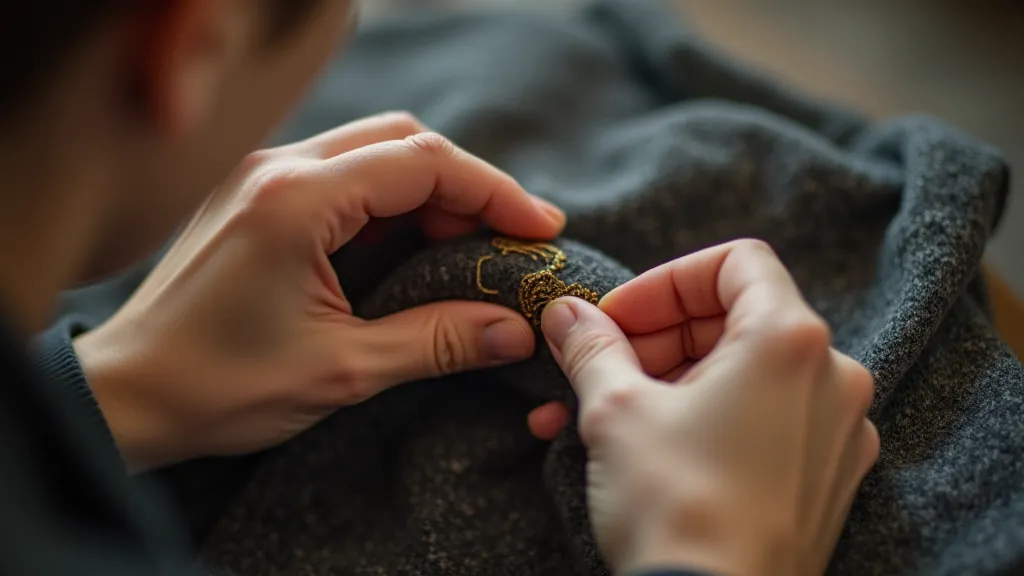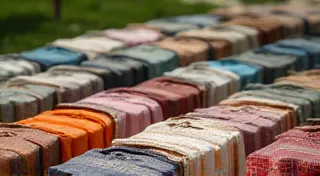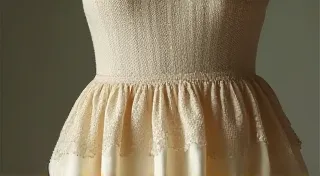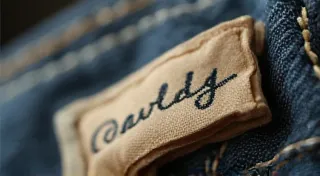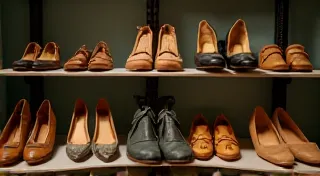The Care and Preservation of Vintage Clothing
Vintage fashion isn't just about the thrill of the find; it's about cherishing pieces of history. Owning vintage clothing is a privilege, and with that comes a responsibility to care for these delicate treasures. Improper handling can lead to irreversible damage, diminishing both the garment's beauty and its value. This guide provides essential tips for cleaning, storing, and repairing your vintage finds, ensuring they last for generations.
Understanding the Challenges
Unlike modern garments, vintage clothing was often made with different fabrics, dyes, and construction techniques. These older materials are inherently more fragile. Common challenges include:
- Delicate Fabrics: Silk, rayon, and early synthetics are particularly susceptible to damage.
- Dye Instability: Vintage dyes can bleed, fade, or change color with exposure to water or light.
- Fragile Construction: Hand-sewing, delicate trims, and weak seams are commonplace.
- Pest Infestation: Moths and other pests love natural fibers.
Cleaning Vintage Clothing: A Gentle Approach
Cleaning is often the most daunting task. Here's a breakdown of approaches, from safest to more involved:
- Spot Cleaning: For minor stains, try spot cleaning with a gentle, pH-neutral detergent diluted in distilled water. Always test on an inconspicuous area first.
- Dry Cleaning: This is often the safest option, especially for delicate fabrics like silk or rayon. Choose a reputable dry cleaner experienced with vintage garments. Inform them of the garment's age and material.
- Hand Washing: If hand washing is necessary, use cool distilled water and a pH-neutral detergent specifically designed for delicate fabrics. Gently agitate the garment; avoid rubbing or wringing. Rinse thoroughly in cool distilled water.
- Avoid Machine Washing: Unless the label specifically allows it (extremely rare), machine washing is generally not recommended.
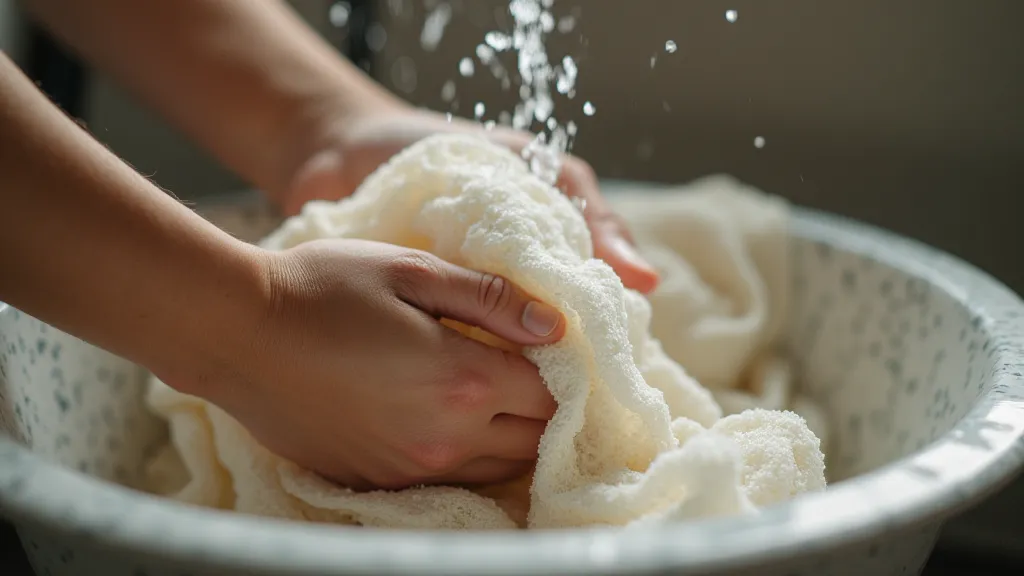
Proper Storage: Protecting Your Investment
Even clean vintage clothing needs to be stored correctly. Improper storage can lead to fading, mildew, and insect damage.
- Cool, Dark, and Dry: Store vintage clothing in a cool, dark, and dry environment. Avoid direct sunlight and humidity.
- Acid-Free Materials: Use acid-free tissue paper, garment bags, and boxes to prevent damage from acidic materials.
- Hanging vs. Folding: Support heavier garments on padded hangers to prevent stretching. Fold lighter items carefully and store them in acid-free boxes or garment bags.
- Pest Control: Place cedar chips or lavender sachets in your storage area to deter moths. Regularly inspect your garments for signs of infestation.

Simple Repairs: Preserving the Integrity
Minor repairs can prevent further damage and maintain the garment's overall condition. Basic skills to learn include:
- Seam Repair: Learn to re-sew loose or torn seams using a needle and thread that matches the original stitching.
- Button Replacement: Replace missing or damaged buttons with similar replacements.
- Small Tears: Patch or mend small tears using fabric scraps that match the original material.
For more complex repairs, consult a professional textile conservator. Avoid using modern, harsh glues or adhesives, which can damage vintage fabrics.
Respecting History: A Long-Term Commitment
Caring for vintage clothing is more than just a practical task; it's an act of preserving history. By following these guidelines, you're not only protecting your cherished pieces but also honoring the craftsmanship and style of past eras. Embrace the responsibility and enjoy the timeless beauty of vintage fashion.
